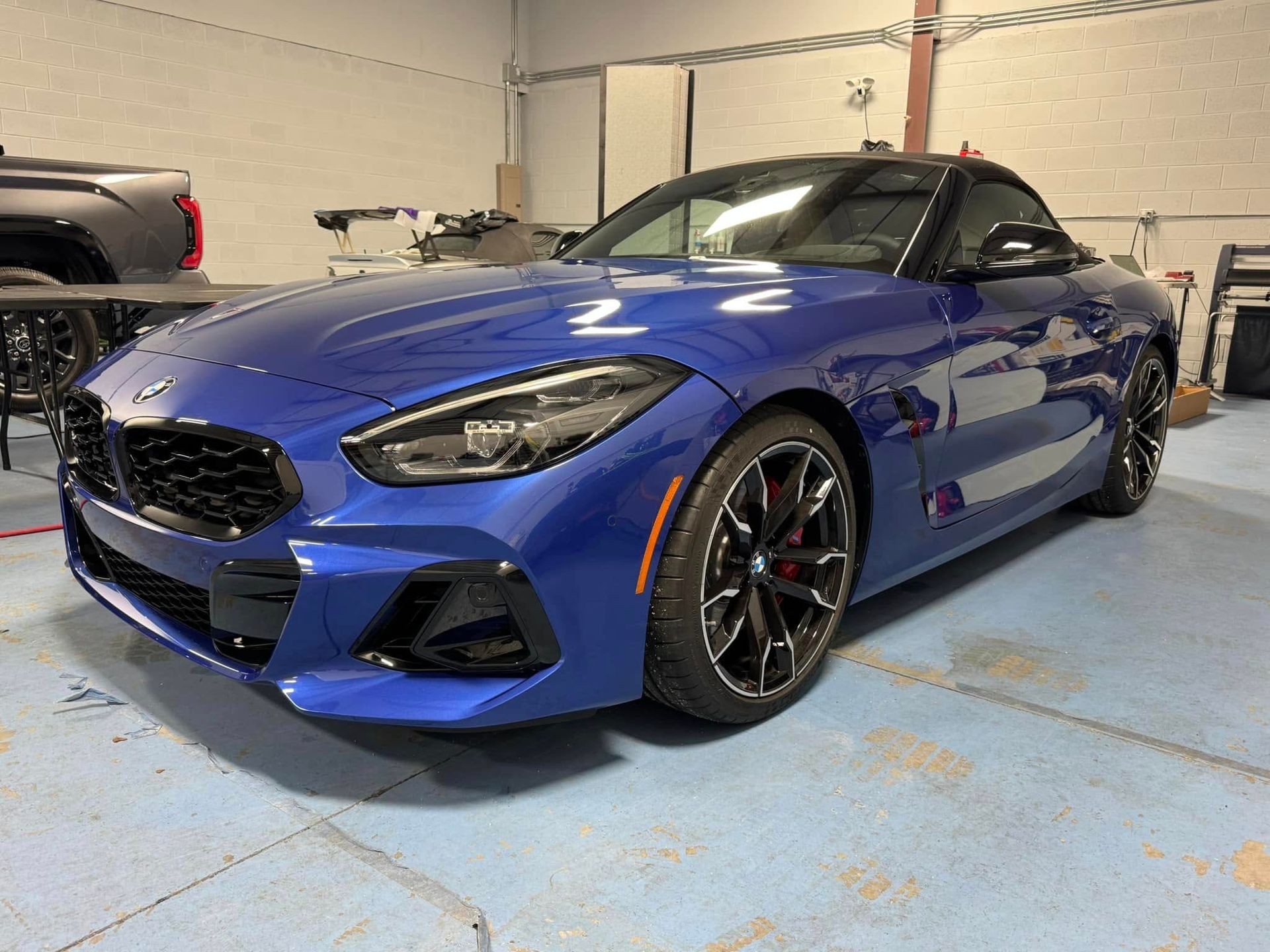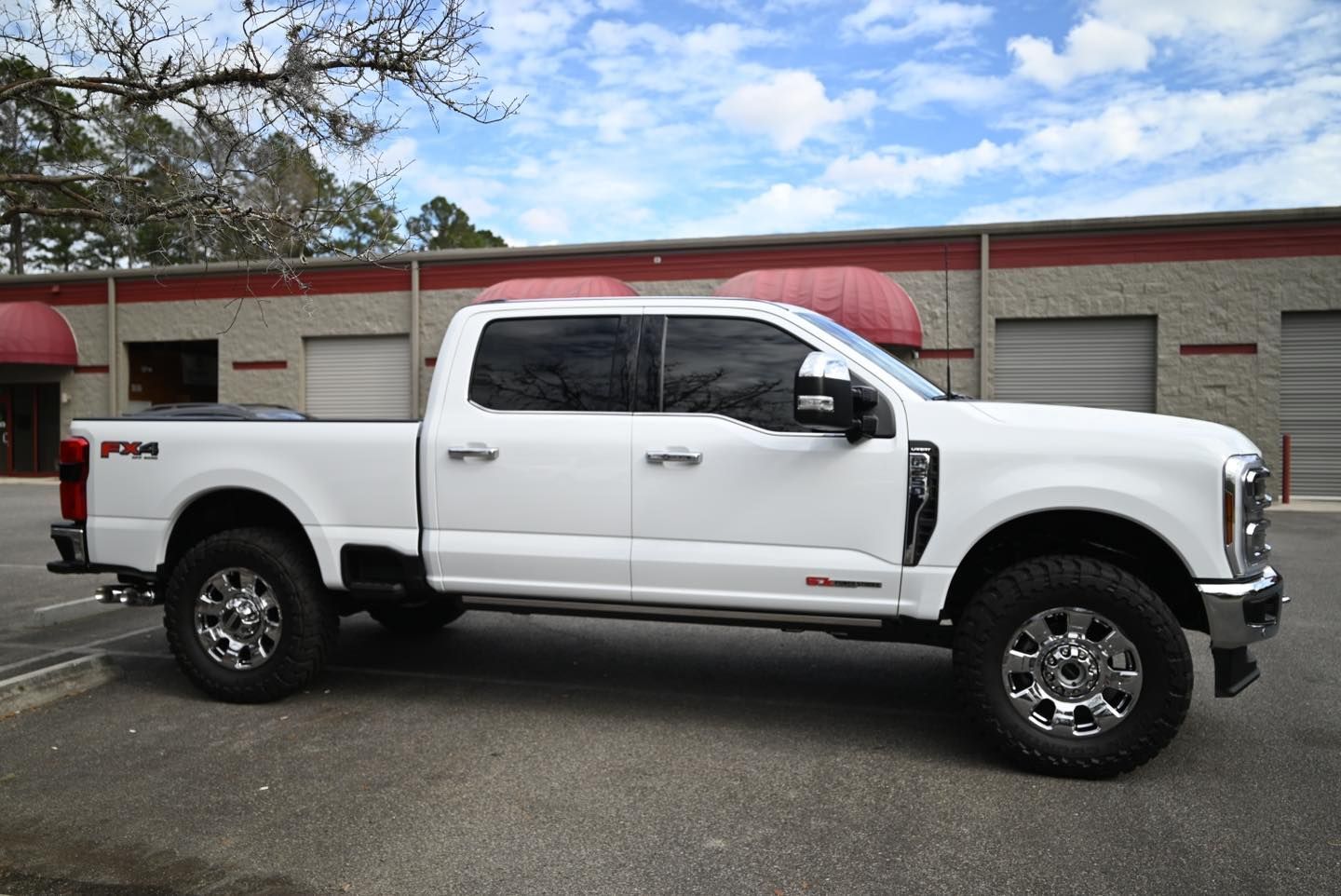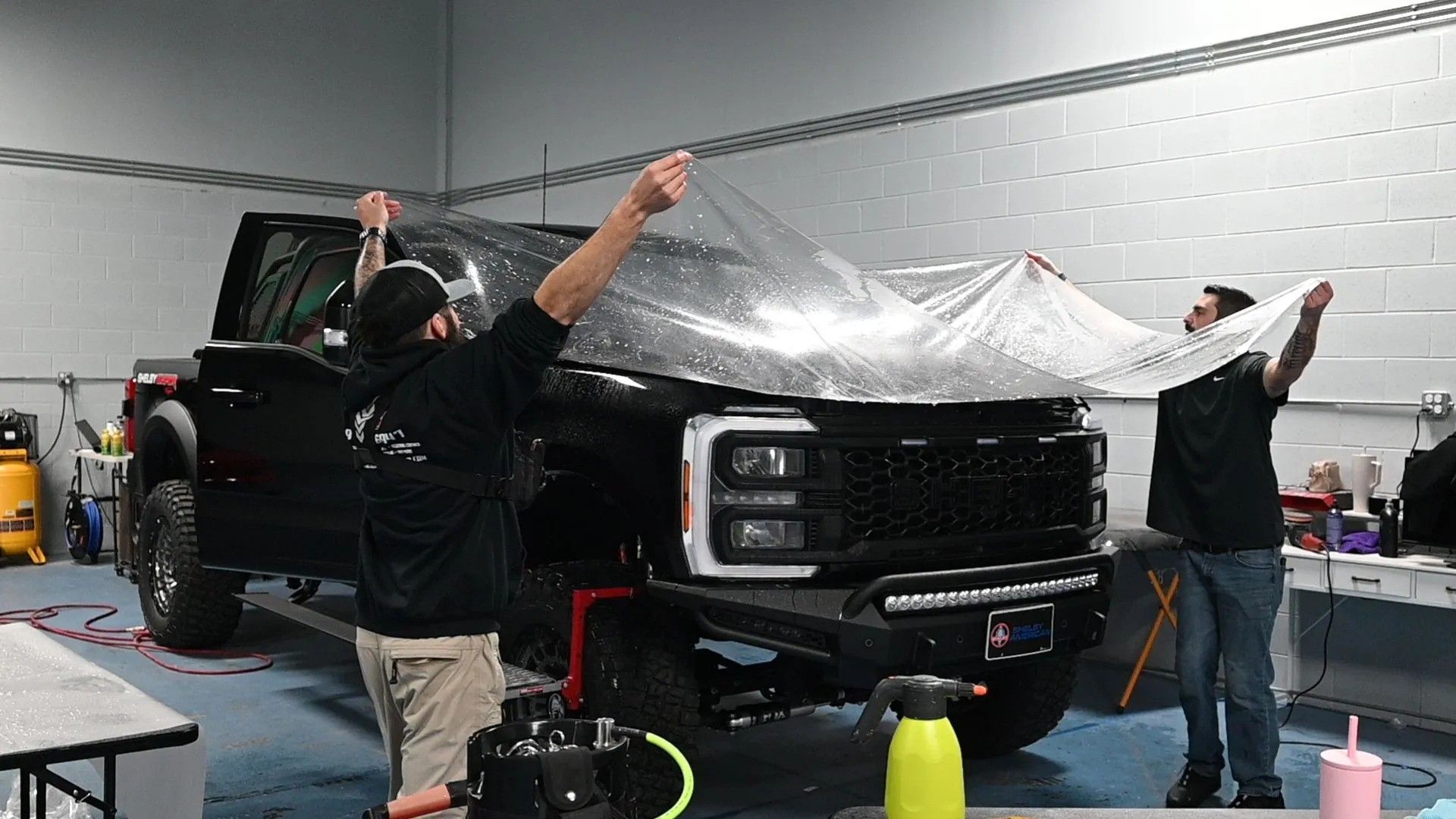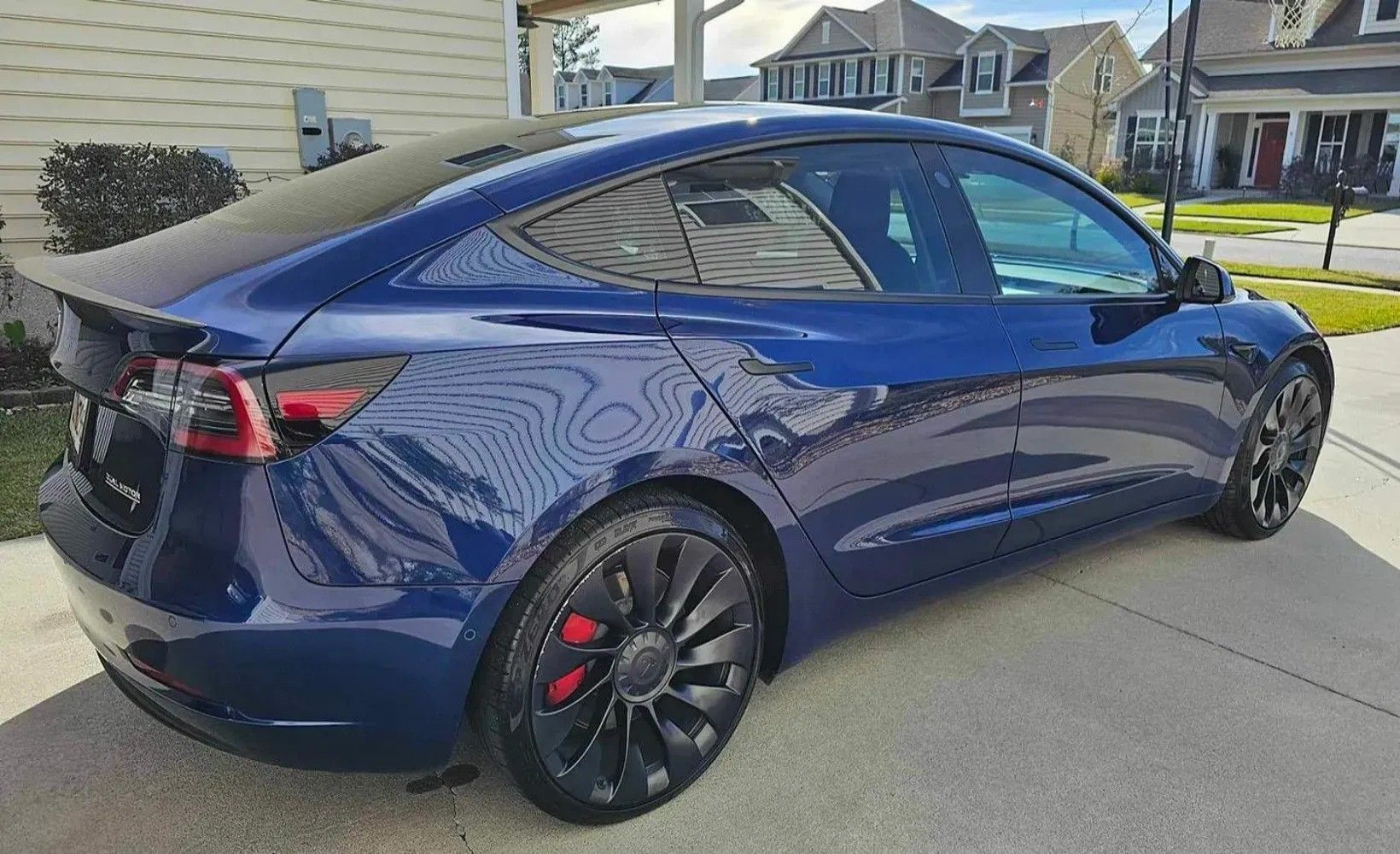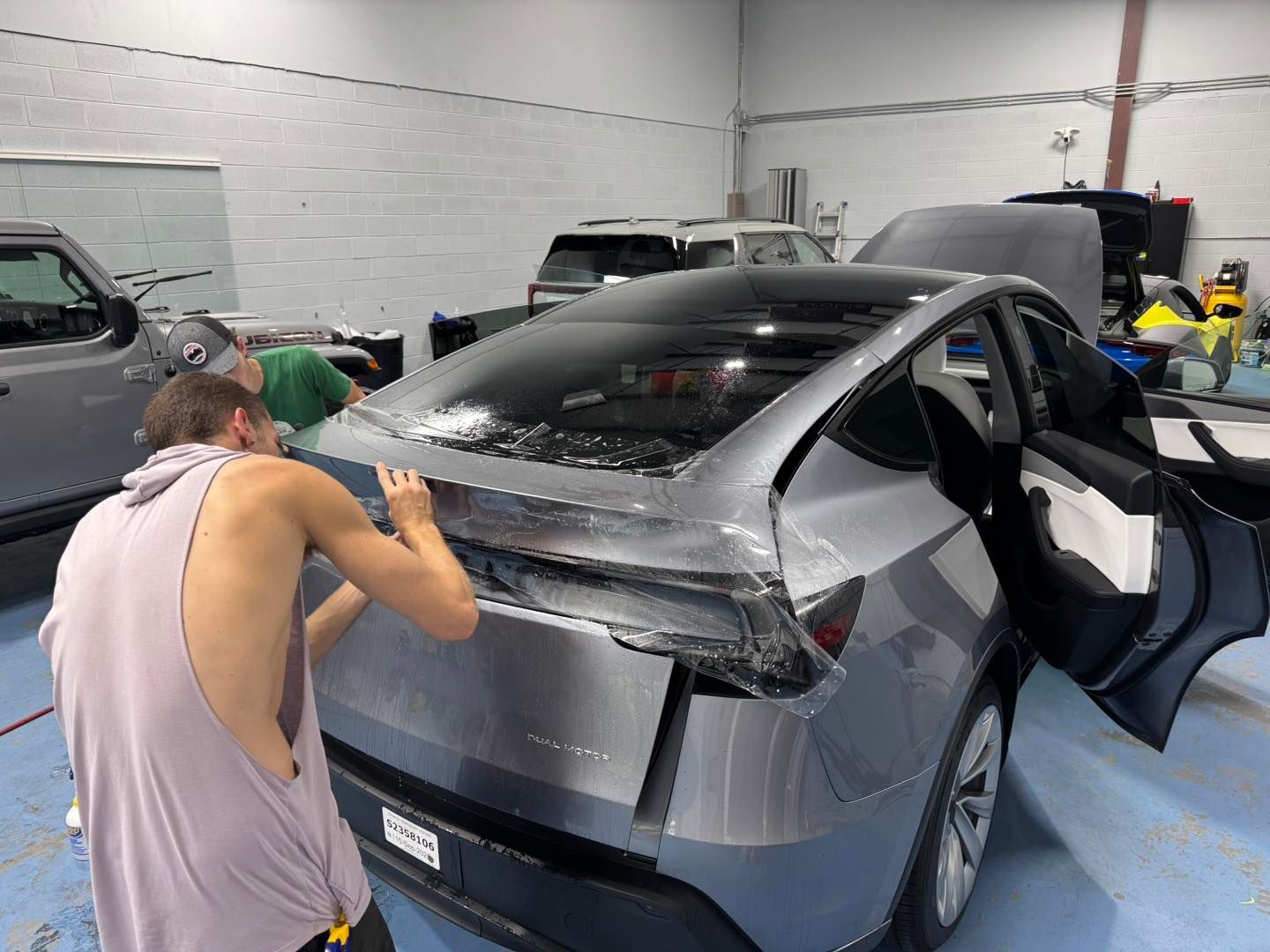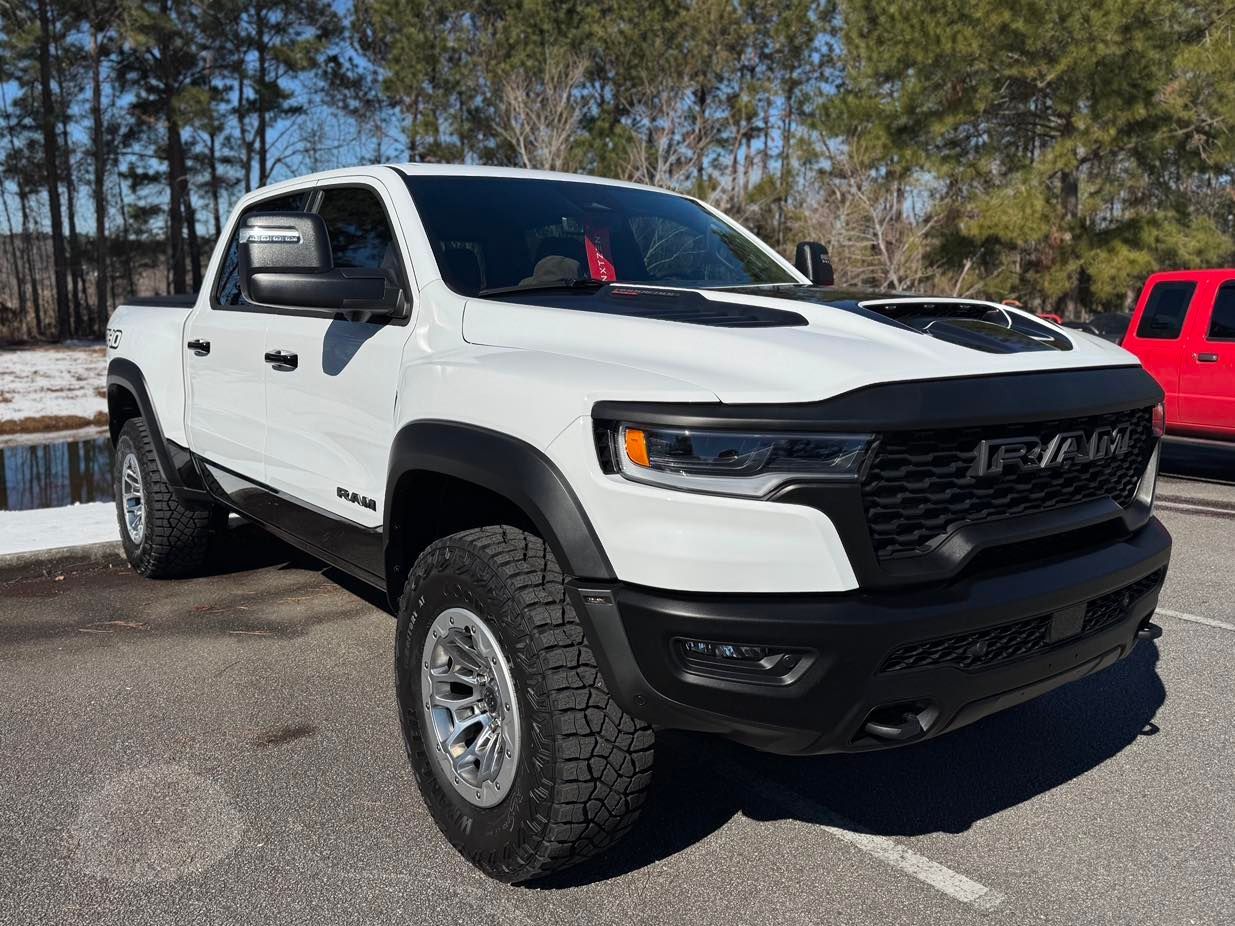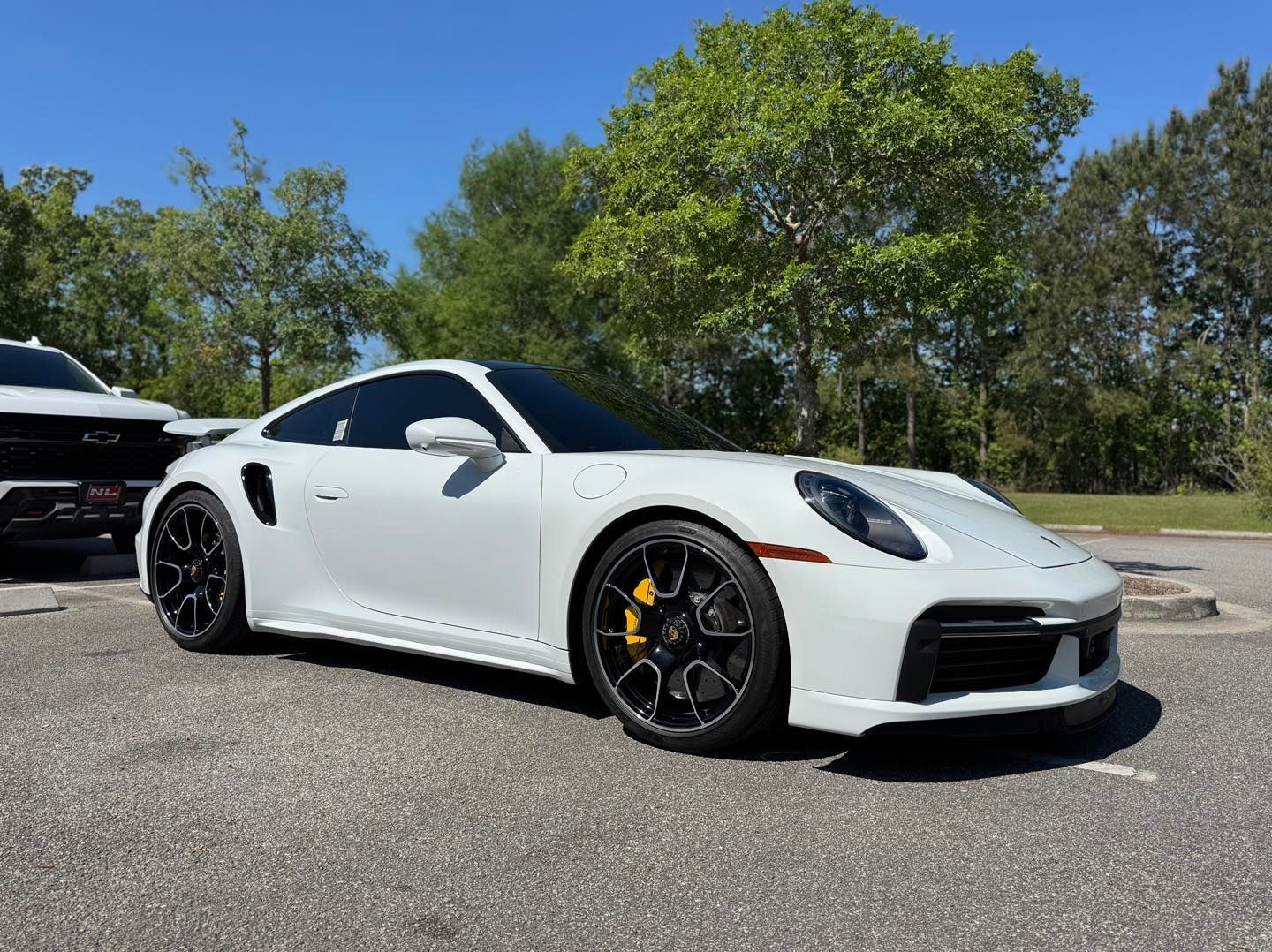How to Take Care of Windows After Tinting: Maintenance Tips for Longevity
Auto Window tinting can be a game changer for your vehicle, offering not just style but also protection from harmful UV rays and heat. But what happens after the installation? Many people might think that once the tint is on, their job is done—but that's where they’re mistaken. Proper care and maintenance are essential to ensure your tint lasts as long as the film itself. From giving it time to dry correctly to choosing the right cleaning supplies, every little step matters. Let’s dive into some crucial tips and tricks to keep your tinted windows looking sharp and performing well!
To care for your windows after tinting, it is crucial to keep them rolled up for 2-4 days to allow the adhesive to cure properly. Additionally, avoid cleaning them for a few days post-installation and use a microfiber cloth with ammonia-free cleaner to maintain the tint without causing damage.
Drying Process After Auto Window Tinting
The drying process of window tinting isn't just a waiting period; it's a critical time that determines the longevity and overall effectiveness of your tint. When window film is applied, the adhesive needs to cure fully to bond permanently to your car’s glass. This essential curing stage typically lasts anywhere from three to five days, but environmental factors can influence this timeframe. High humidity or cooler temperatures may extend the curing time, making it crucial to be patient during this period.
Importance of Curing Time
The significance of allowing enough time for complete curing cannot be overstated. Prematurely rolling down your windows risks disturbing the adhesive layer before it has had adequate time to adhere fully. You might think rolling them down won't hurt; however, that small act can create lasting issues like bubbles or peeling in your tint, leading to costly repairs or even total reapplying of the film.
Proper Steps During Drying
As you navigate through this curing process, it’s essential to avoid any temptation to operate your windows—especially within the first four days. Keeping your windows up allows the adhesive ample opportunity to bond effectively without interference. It might seem excessive to not touch something so familiar, but consider it similar to refraining from disturbing a freshly painted wall—you want it to set properly for the best results.
An easy rule of thumb? Wait at least four days before rolling down those tinted windows or adjusting any settings related to them.
Optimal Parking Locations
To facilitate an optimal curing experience, try parking your car in shaded areas or indoors whenever possible. Direct sunlight can heat the glass and cause bubbles or peeling on fresh tints. This will ensure that the adhesive maintains a stable temperature while curing.
Following these guidelines is key to maintaining the integrity of your investment in auto window tinting. Consistent monitoring during this period adds an extra layer of protection.
Here are some additional tips for keeping your new tint safe:
- Avoid car washes during this period; water pressure can interfere with the adhesive.
- Monitor tiny air bubbles that may appear under the film; most will disappear naturally as the film continues to cure, but persistent ones might necessitate consulting with your installer for possible resolution.
As you take care of your newly tinted windows by following these practices, exploring suitable cleaning techniques will further enhance their appearance and longevity.
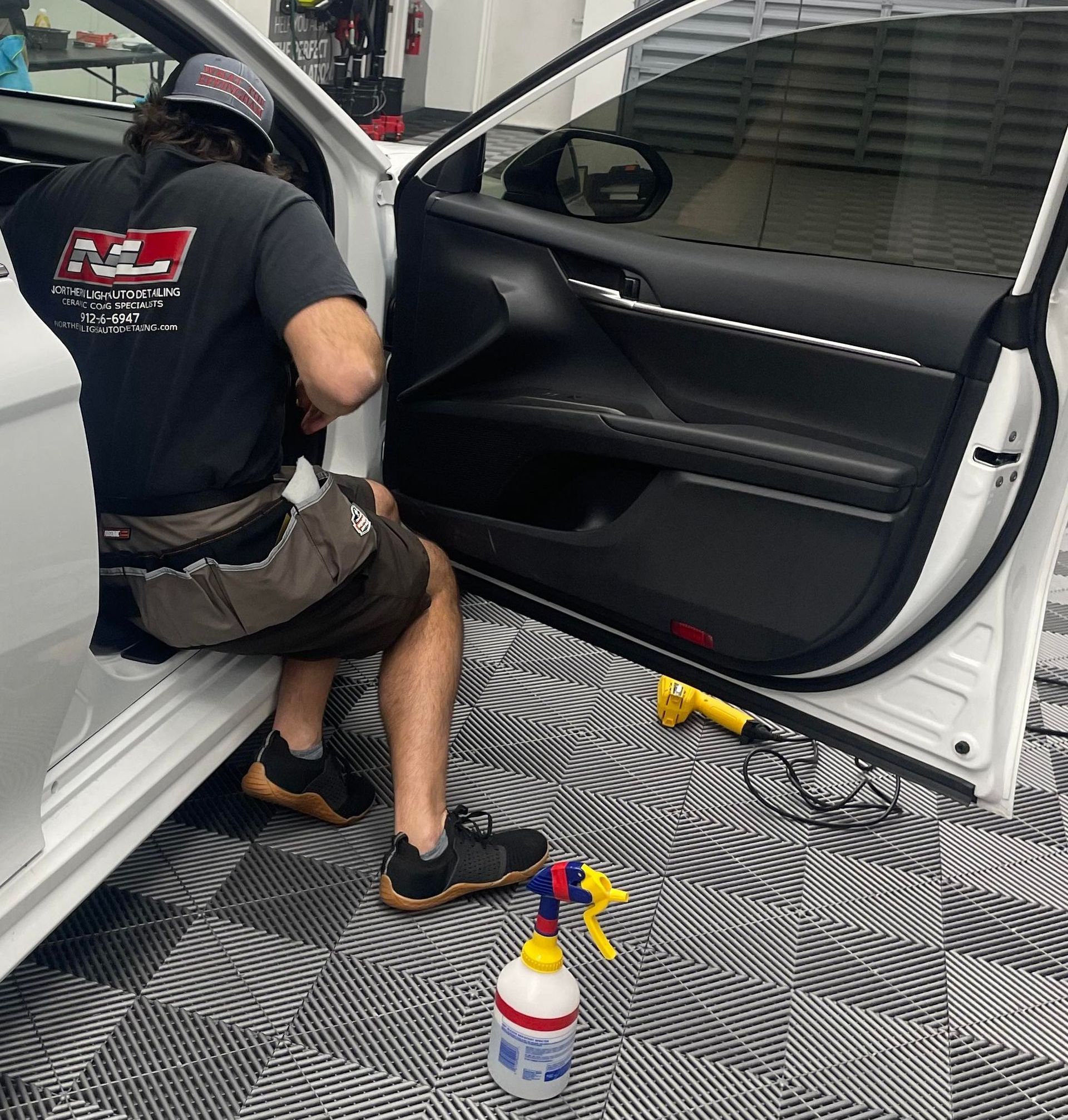
Cleaning Methods for Tinted Windows
Once the tint has been set, maintaining its clarity is essential for both aesthetic appeal and function. It's paramount to avoid harsh chemicals that could compromise your investment. Ammonia-based cleaners can cause the tint to discolor or even peel away from the glass. Instead, look for ammonia-free glass cleaners, designed specifically for tinted surfaces. Many reputable brands have recognized the need for safe alternatives, making them easily accessible at local stores or online.
Consider the tools you use for cleaning. A soft microfiber cloth is an excellent choice because it effectively lifts dirt and grime without scratching the tint's surface. For larger panes of glass, a rubber squeegee can help remove water and reduce streaks safely. It might be tempting to grab an old T-shirt or paper towels as a makeshift cleaning option, but these could introduce tiny scratches over time. Always opt for proper materials to maintain your window tint's integrity.
Using dedicated products can significantly simplify your cleaning routine. Car wash kits that include specific cleaning agents for tinted windows often come with instructions tailored to preserving tint quality. By investing in a kit from a trusted brand, you ensure that your cleaning process aligns with best practices.
Implementing these meticulous cleaning practices will keep your tinted windows clear and attractive while prolonging their lifespan. This not only ensures effective UV protection but also enhances privacy for years to come, paving the way to discuss further measures that support your tint's resilience against environmental factors.
Protecting Tint from Heat and Sun
High temperatures and harmful UV rays can significantly affect the longevity of your window tints, leading to premature wear and fading. One of the proactive ways to mitigate this damage is by applying a UV protective coating. This specialized coating acts as a barrier against the sun's rays, essentially reducing heat penetration by up to 60%. Imagine how much cooler your car interior could feel on a sweltering summer day! Moreover, this protective layer not only shields against UV exposure but also adds an extra layer of durability to your tint, making it a worthwhile investment for long-term maintenance.
It's important to regularly inspect your tints for any signs of wear. Should you notice any bubbling or peeling, it may be time to consider re-tinting or adding that UV protective layer. Investing in quality products can save you the hassle of more extensive repairs down the line, allowing you to enjoy a consistently clean and stylish look.
Beyond these immediate safeguards, it's essential to cultivate consistent habits that prolong the life of your tinted windows, ensuring they remain both functional and aesthetically pleasing for years to come.
Preventing Scratches and Bubbles
Scratches and bubbles can significantly undermine the advantages of professional auto window tinting. Not only do they detract from aesthetics, but they can also affect the film's performance, allowing harmful UV rays to penetrate your vehicle. Therefore, proactive measures to prevent these issues should be a top priority.
Be Mindful of Objects Inside the Car
It’s crucial to be mindful of what you place inside your car. Sharp or heavy items are often culprits of unintentional damage. For instance, seatbelt buckles or car keys can scrape against tinted windows during daily use, leading to unwanted scratches. Being aware of where these objects are can help mitigate risks. Consider using storage solutions or valet trays to keep loose items contained—a small effort that goes a long way in protecting your tint.
Check for Loose Edges
Make it a habit to routinely inspect the edges of your tint. Look for any signs of lifting; if you notice misplaced edges or bubbling forming, act quickly. You can use a heat gun carefully to re-adhere the film, but this requires a steady hand and some experience. If you're uncertain, it's wise to consult with professionals who can address this effectively before the lifting spirals into a larger problem.
By adopting these habits and consistently inspecting your window tint, you ensure that it remains in top condition without compromising safety or appearance. Remember that diligence now can save you time and money later on expensive repairs or replacements.
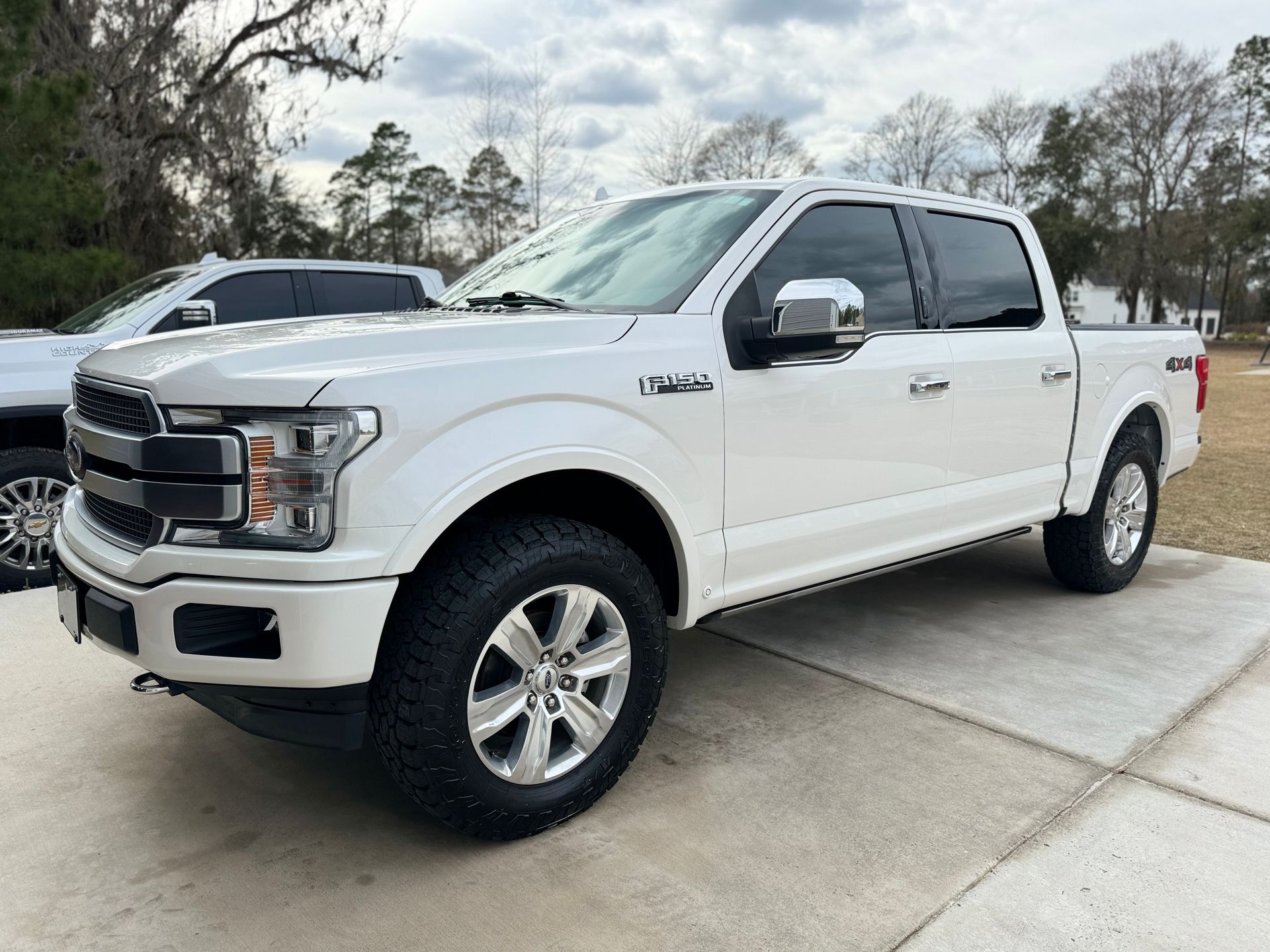
Best Maintenance Practices
Regular maintenance can significantly extend the life of your window tint, and one of the simplest steps you can take is to establish a routine for cleaning your windows. Ideally, aim to clean them at least once a month using gentle, ammonia-free cleaners tailored specifically for tinted surfaces. Invest in a soft microfiber cloth to minimize the risk of scratches and effectively remove dirt and grime. Remember, a little care goes a long way in preserving that sleek appearance you've invested in.
Scheduled Cleaning
Monitor environmental factors such as dust and pollen accumulation in addition to your regular monthly cleaning, particularly during seasons when these particles can accumulate rapidly. If you find that your windows are getting dirty sooner than expected or you live in a particularly dusty area, feel free to add an extra cleaning session as needed. This proactive approach helps prevent stubborn stains from setting in, ensuring that your tint remains clear and vibrant.
Professional Inspections
Consider scheduling periodic inspections with a professional service like Northern Lights Home & Auto Coatings. These experts have extensive knowledge and experience that allows them to catch any minor issues before they develop into larger problems. They can assess the integrity of your tint, spotting signs of wear or peeling that you might not notice regularly. Not only do these inspections maintain aesthetics, but they also reinforce the performance benefits provided by your tinting—like UV protection and temperature control.
Integrating both regular cleaning routines and professional inspections into your maintenance schedule will ensure that your window tint performs optimally while maintaining its visual appeal for years to come.
Common Mistakes to Avoid
First and foremost, one of the biggest mistakes people make after getting their windows tinted is using tape on tinted surfaces. This seemingly innocent action could result in an unpleasant surprise when you remove the tape, as it may cause the tint to peel off immediately. Instead, consider using non-stick adhesives specifically designed for glass if you need to attach anything temporarily. Always remember: a small choice can have significant consequences when it comes to your new tint.
Another pitfall many encounter is the use of rough cleaning materials. You might be tempted to grab whatever’s handy, such as paper towels or newspapers, but this could easily scratch the tinted film. Instead, opt for soft microfiber cloths that are gentle and effective. They won't just keep your film looking great; they’ll also help prevent any premature wear.
Other Common Mistakes
In addition to those two important points, here are other common mistakes:
- Don't park in direct sunlight during the drying phase. The heat can cause the adhesive to cure unevenly.
- Never use ammonia-based cleaners: These harsh chemicals can break down the tint and lead to discoloration over time.
- Avoid rolling down windows too soon. It’s generally advised to wait at least 2-4 days post-installation for the tint to adhere completely.
- Refrain from using tape or stickers on the windows. As previously mentioned, even temporary attachments can jeopardize your investment.
By steering clear of these common missteps, you'll not only preserve the appearance of your window tint but also extend its life significantly. It’s all about making informed choices to protect your investment and enjoy all the benefits that come with well-maintained tinted windows.
To ensure the longevity of your tinted windows, remember to follow these maintenance tips diligently. If you’re considering getting your windows tinted or have questions about servicing, don’t hesitate to reach out to us at Northern Lights Home & Auto Coatings or call (912) 656-6947 today!
